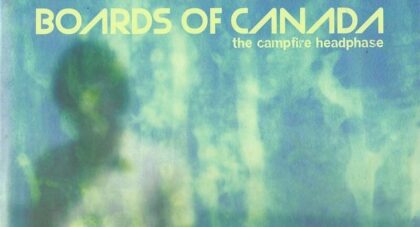Alan "Blind Owl" Wilson brought an archaic weirdness to Canned Heat. Obsessed with traditional blues and well versed in the boogie dialect of John Lee Hooker . . .
Only the good shit. Aquarium Drunkard is powered by its patrons. Keep the servers humming and help us continue doing it by pledging your support.
To continue reading, become a member or log in.


